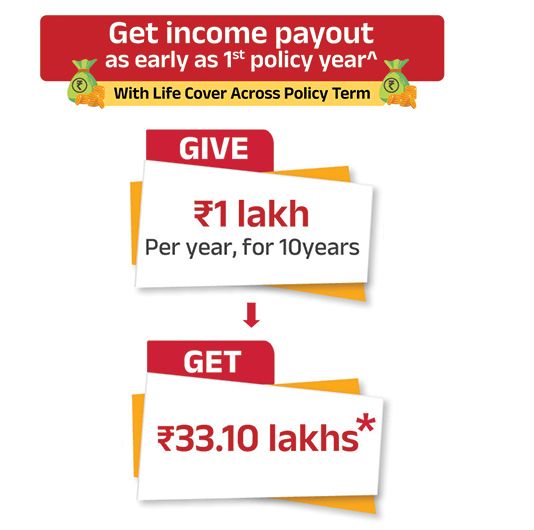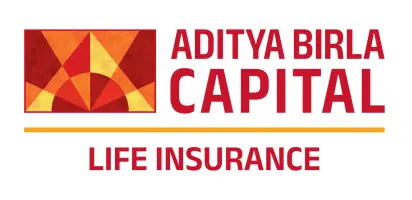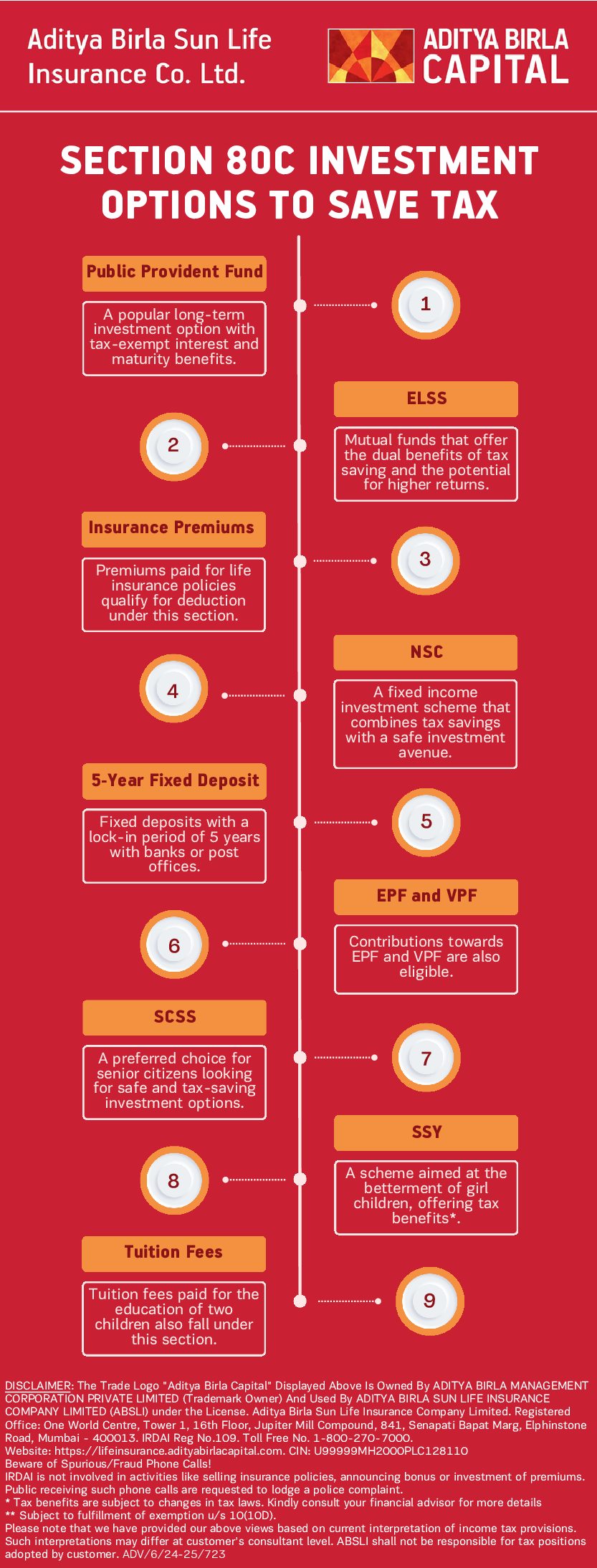Section 80C investment options to save Income Tax

Plan Smarter, Live Better!
Read Aloud


- Table of Contents
Show All
Hide
Get immediate income payout after 1 day of policy issuance^
ABSLI Nishchit Aayush Plan
Guaranteed# Income
Life Cover across policy term
Lumpsum Benefit at policy maturity.
Get:
₹33.74 lakhs~
Pay:
₹10K/month for 10 years
Recently Added Article
Most Popular Calculator
*Tax benefits are subject to changes in tax laws. Kindly consult your financial advisor for more details.
ADV/2/23-24/3603








